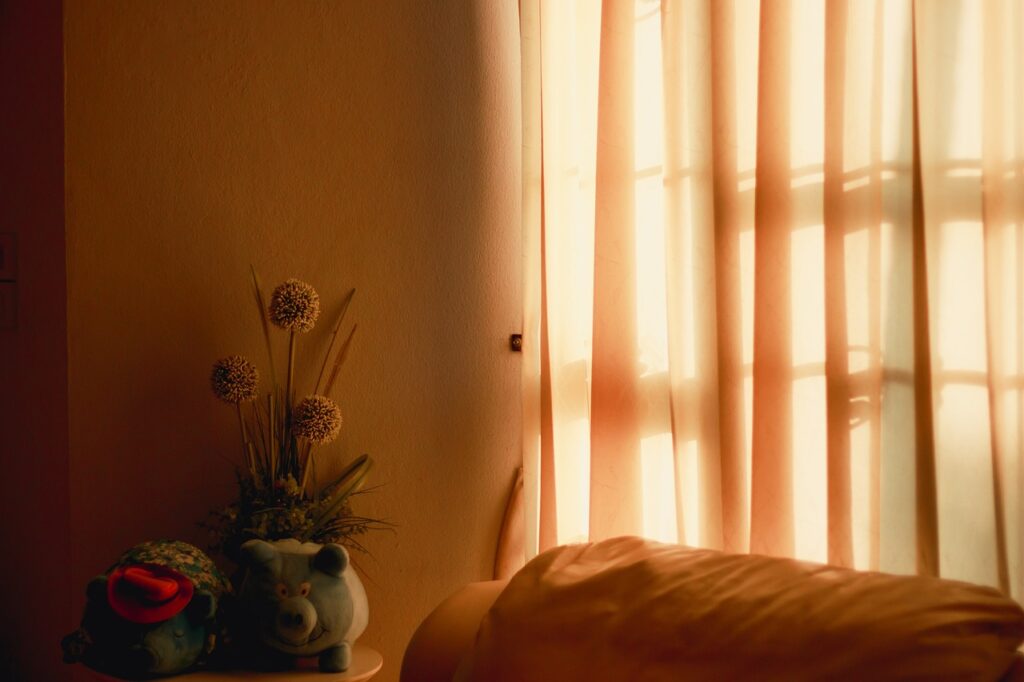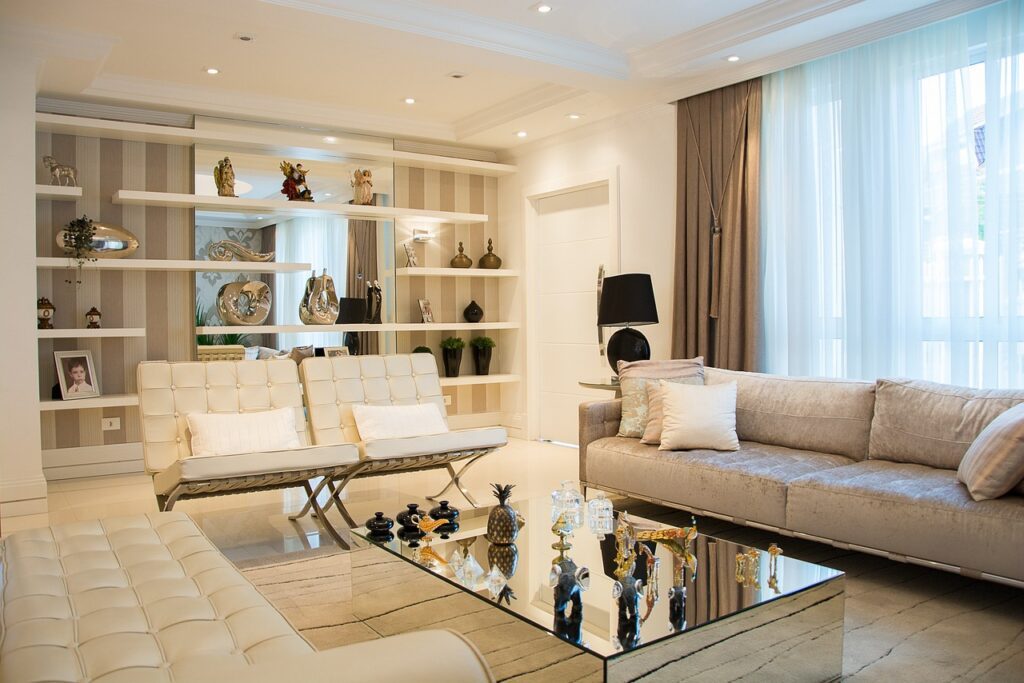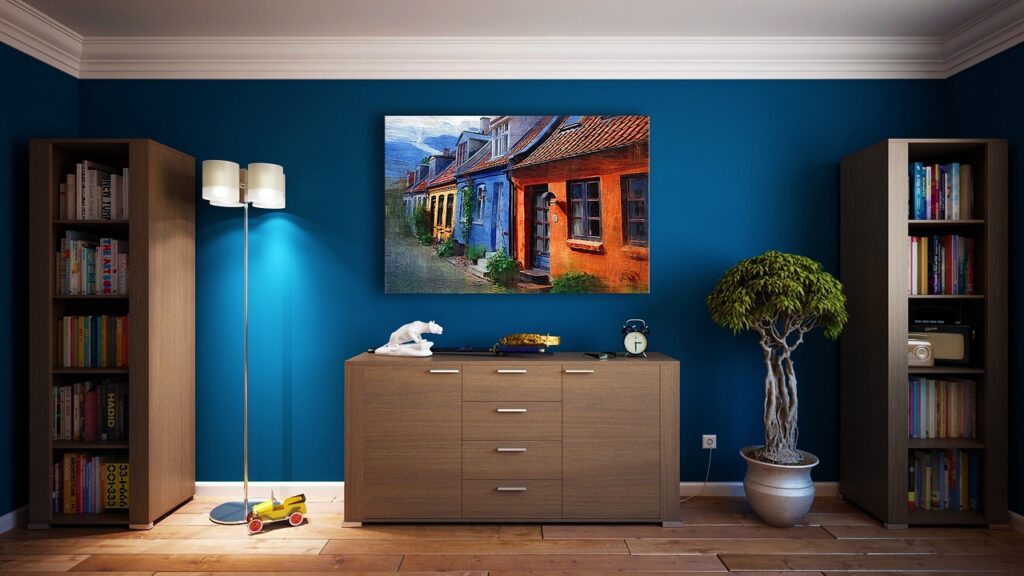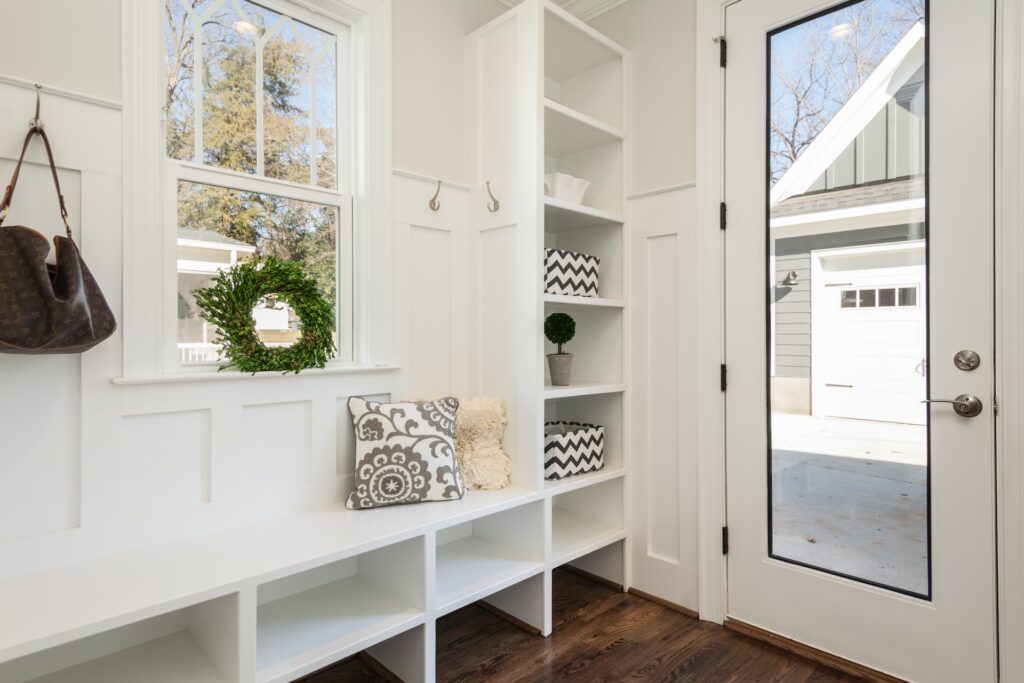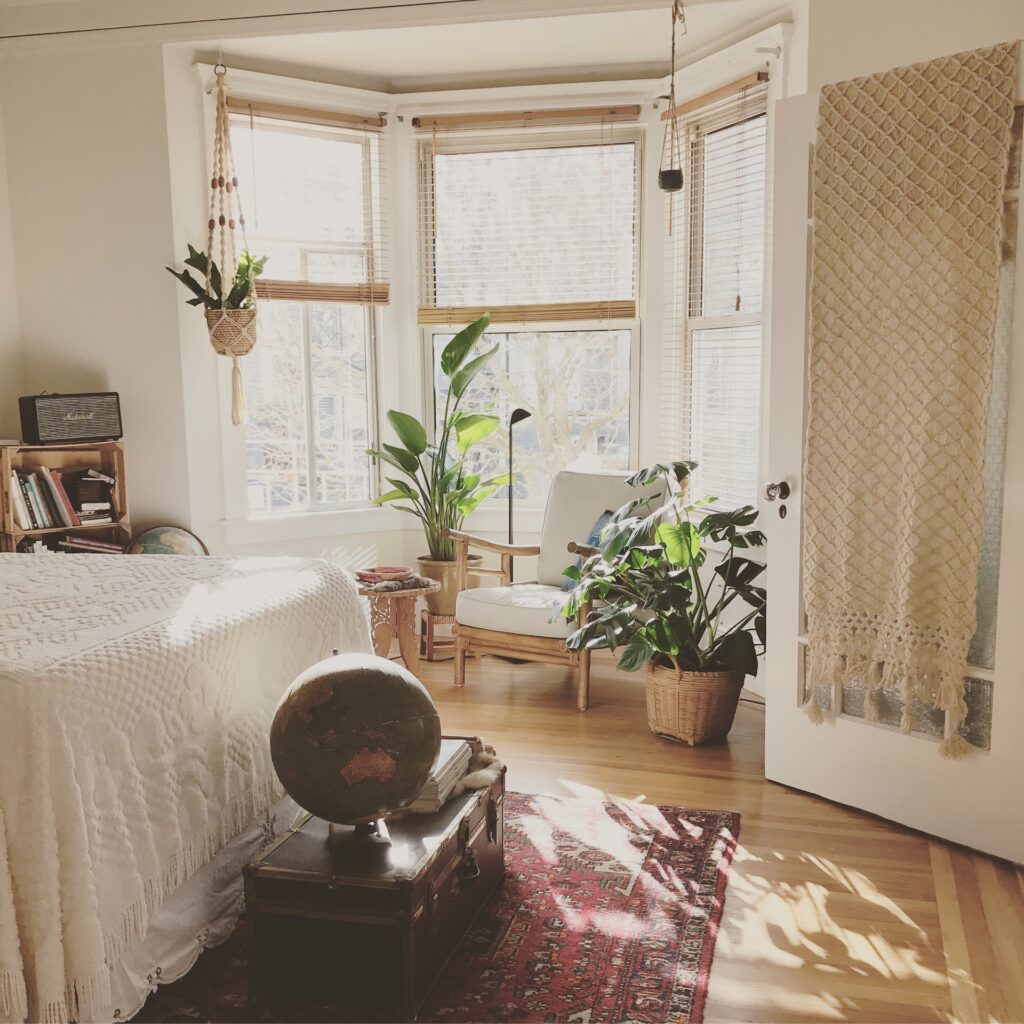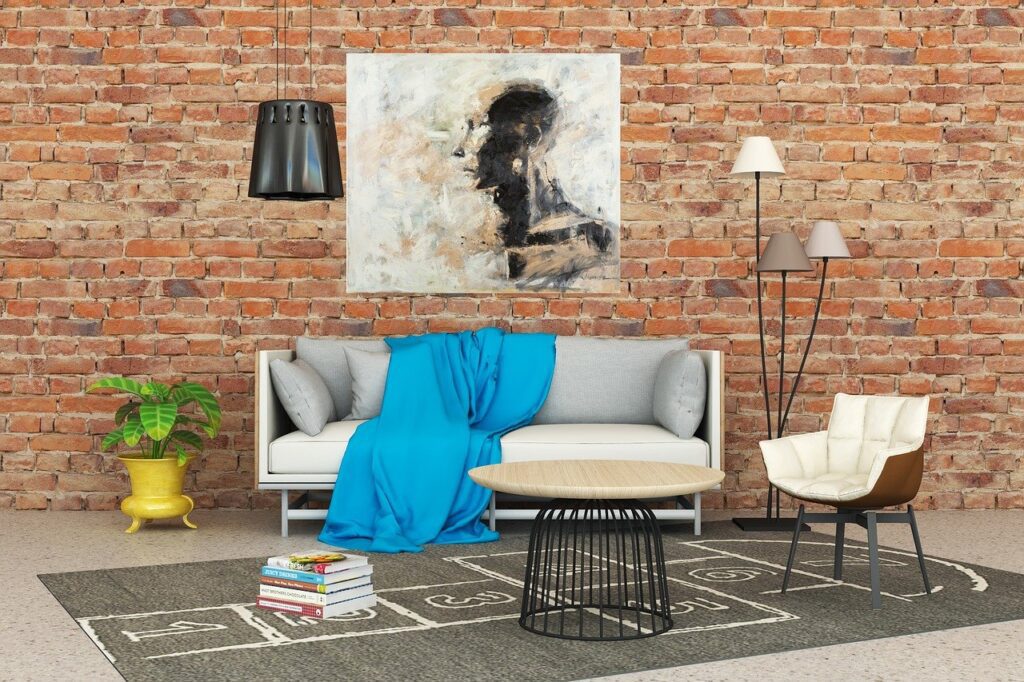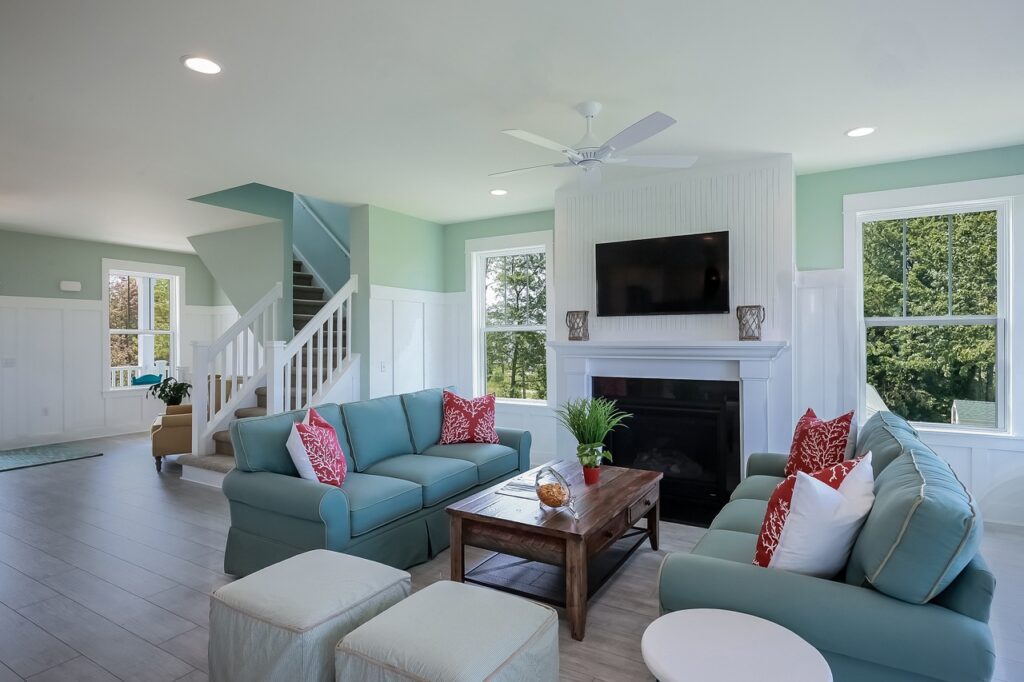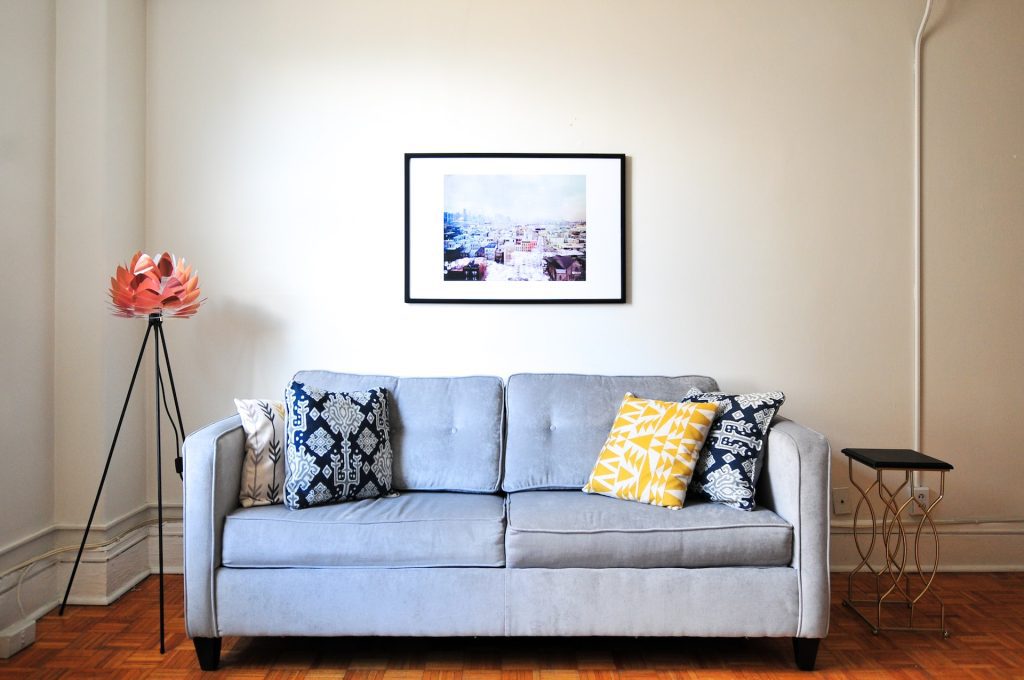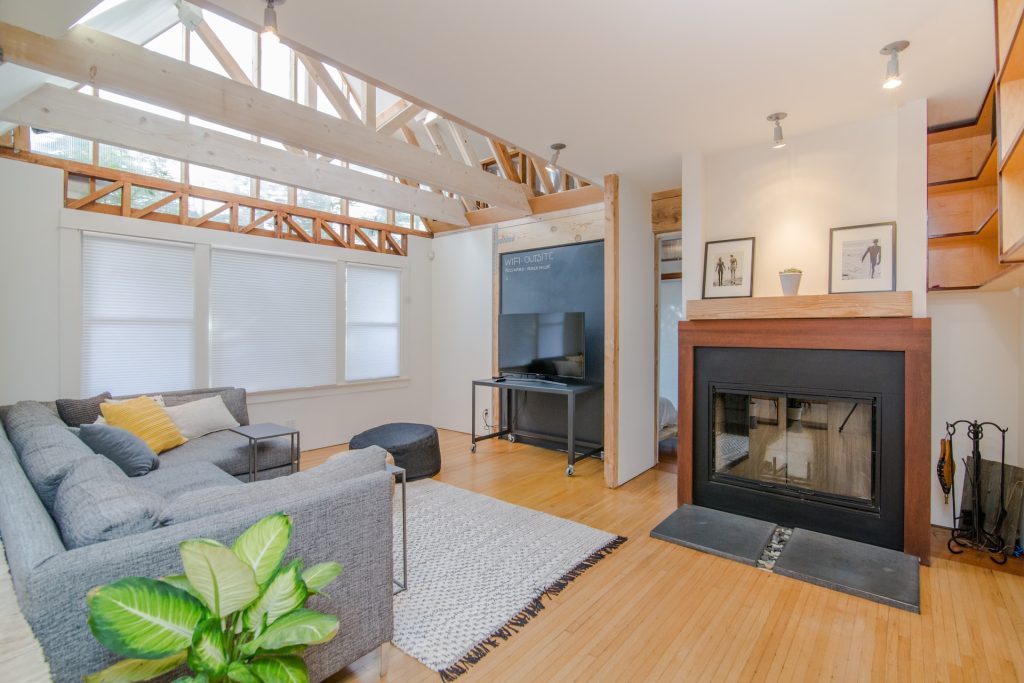Curves and Circles: How to Incorporate Softness into Your Home Design
Introduction: Why Softness Matters in Home Design Introduction: In the world of interior design, there is a growing trend towards incorporating softness into home decor. From curved furniture to circular patterns, homeowners are embracing designs that add a touch of warmth and comfort to their living spaces. But why does softness matter in home design? In this section, we will explore the importance of incorporating soft elements into your home and how it can transform your space into a cozy and inviting sanctuary. Creating Balance: The key to successful home design is balance. While sharp angles and straight lines can create a sense of structure and modernity, they can also make a space feel cold and uninviting. This is where softness comes in – it provides a counterbalance to these harsher elements, creating an aesthetically pleasing contrast. Soft curves and circles bring movement and flow into a room, breaking up the rigidity of straight lines. This creates visual interest and adds depth to the overall design. By incorporating these softer shapes, you can create a harmonious balance between structure and fluidity in your home. Emotional Connection: Our homes are not just physical structures; they are also emotional spaces that should evoke feelings of comfort, relaxation, and happiness. Incorporating softness into our home decor helps us connect with our living spaces on an emotional level. Just like how we associate hugs with warmth and love, curved furniture pieces can elicit similar emotions by providing a sense of coziness and security. Circular patterns also have a soothing effect on the mind as they are reminiscent of nature and the cycle of life. Comfort and Relaxation: Softness is often associated with comfort and relaxation – two essential elements in creating a peaceful home. Soft textures such as plush rugs, fluffy pillows, and luxurious throws can instantly make a room feel more inviting and comfortable. Incorporating natural materials like cotton, wool, and silk can also add a tactile quality to your space, making it more comforting to touch. This is especially important in spaces like the bedroom or living room, where we spend most of our time relaxing. Sound Absorption: Another practical reason why softness matters in home design is its ability to absorb sound. Hard surfaces like tile flooring, bare walls, and large windows can create an echo effect in a room, making it feel loud and noisy. By incorporating softer materials like carpets, curtains, and upholstered furniture into your design scheme, you can absorb excess noise and create a more comfortable and tranquil living environment. Understanding Curves and Circles in Design When it comes to home design, many people tend to focus on straight lines and sharp angles. While this can certainly create a clean and modern aesthetic, incorporating curves and circles into your design can add a touch of softness and warmth to your space. In this section, we will discuss the importance of understanding curves and circles in design and how you can effectively incorporate them into your home. Curves are often associated with femininity, elegance, and grace. They have the ability to soften the look of a room and make it feel more inviting. However, incorporating curves into your design is not just about adding decorative elements like round mirrors or curved furniture pieces. It is also about understanding how they can affect the overall flow and feel of a space. One important aspect of using curves in design is their ability to break up harsh lines and create movement. Straight lines can often make a room feel rigid and boxy, but incorporating subtle curves can help to break up these lines and create a more dynamic flow throughout the space. This could be achieved by adding an arched doorway or window, using curved furniture pieces such as sofas or chairs, or even introducing curved architectural elements like arches or vaulted ceilings. Another key factor in understanding curves in design is their impact on visual balance. As humans, we are naturally drawn to symmetry and balance in our surroundings. Incorporating circular shapes into a predominantly angular space can help to create visual interest while still maintaining balance. The Psychology behind Soft Shapes The use of soft shapes in interior design has gained popularity in recent years, and for good reason. These gentle curves and circles add a sense of warmth and relaxation to any space, making it feel more inviting and comfortable. But what is it about these soft shapes that have such a powerful effect on our mood and emotions? In this section, we will delve into the psychology behind soft shapes in home design. Firstly, it is important to understand that humans are naturally drawn to curves and circles. From the moment we are born, we are exposed to the roundness of our mother’s womb, which provides a sense of safety and comfort. This innate connection with curved shapes continues throughout our lives as we encounter them in nature – from the rolling hills to the shape of a tree or flower petal. Studies have shown that when people view images with curved lines and forms, there is increased activity in the emotional centers of the brain compared to when viewing angular or straight shapes. This suggests that our brains respond positively to soft shapes because they evoke feelings of happiness, relaxation, and comfort. In contrast, sharp angles and straight lines can be perceived as harsh or aggressive. These angular forms are often associated with man-made objects such as buildings or machines, which may unconsciously remind us of stress-inducing environments like work or urban areas. By incorporating soft shapes into your home design, you can create a more soothing environment that promotes calmness and tranquility. How to Balance Curves and Straight Lines When it comes to interior design, finding the right balance between curves and straight lines is key in creating a well-rounded and visually appealing space. Curves bring a softness and fluidity to a room, while straight lines add structure and definition. Incorporating both into
Curves and Circles: How to Incorporate Softness into Your Home Design Read More »


